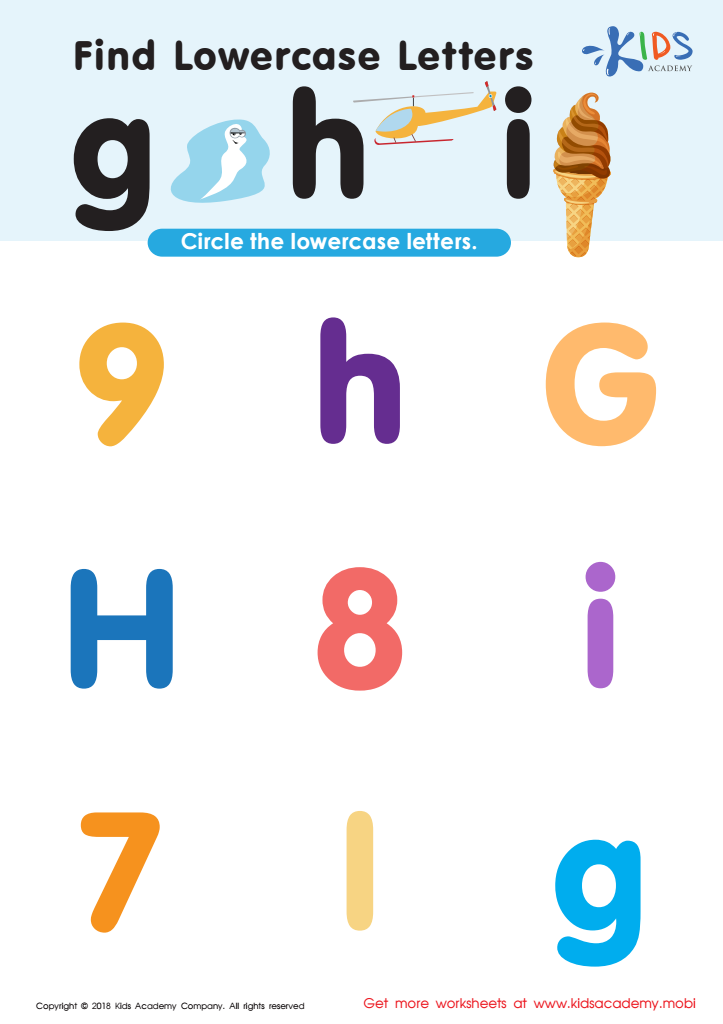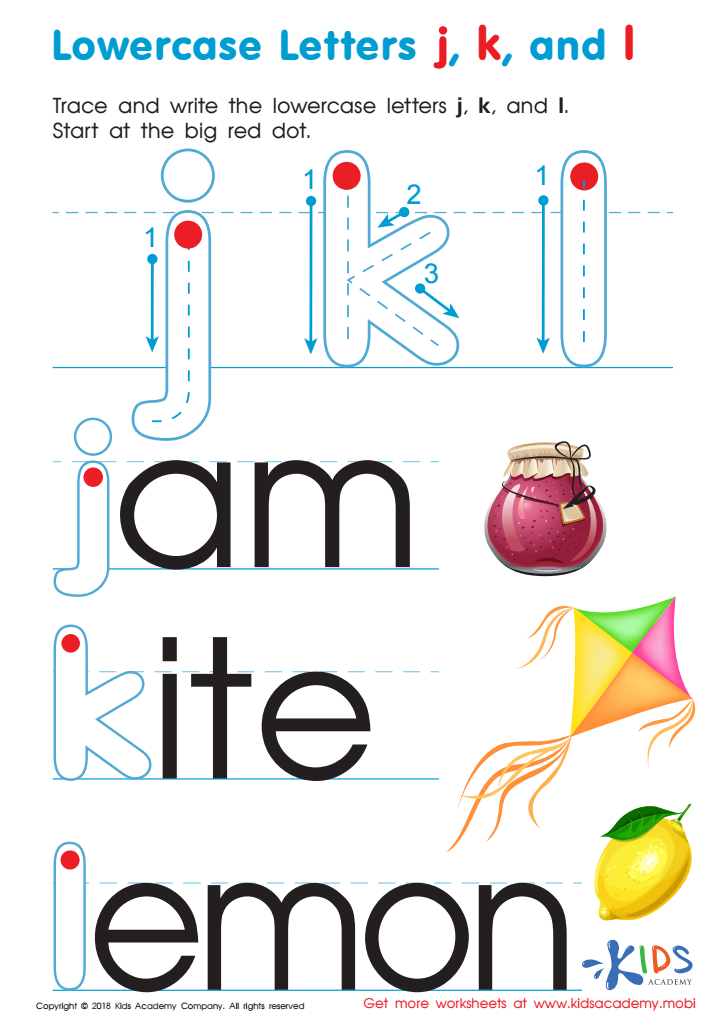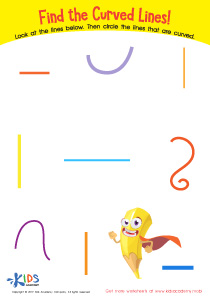Alphabet sequencing Alphabet Worksheets for 6-Year-Olds
7 filtered results
-
From - To
Discover our engaging Alphabet Sequencing Worksheets designed specifically for 6-year-olds! These interactive and colorful activities help young learners arrange letters in the correct order, enhancing their understanding of the alphabet's sequence. By practicing through fun exercises, children develop crucial reading and writing skills while boosting their cognitive abilities. Our worksheets incorporate a variety of formats, such as tracing, filling in missing letters, and connecting dots. Perfect for parents and teachers, these resources make learning enjoyable and effective. Equip your child with the essential tools for early literacy and watch them thrive with our Alphabet Sequencing Worksheets!


Find Lowercase Letters g h i Worksheet


Lowercase Letters p q r Worksheet


Uppercase Letters Maze Worksheet


Lowercase Letters j k l Worksheet


Letters X and Q Tracing Worksheet


Letter Y Tracing Worksheet


Missing Letter Worksheet
Alphabet sequencing is crucial for six-year-olds as it forms the foundation for their reading and writing abilities. Understanding the correct order of letters enhances phonemic awareness, aiding in the recognition of letter sounds and promoting better literacy skills. When kids grasp the sequence, they can more easily engage with alphabetic principles, which are essential for effective spelling and word formation.
Furthermore, learning the alphabet in order fosters cognitive development. It helps children to categorize information, recognize patterns, and develop memory techniques that can be applied to other learning areas. This foundational skill also boosts confidence in young learners, making them more eager to tackle reading and writing tasks.
For parents and teachers, emphasizing alphabet sequencing can bridge home and school learning experiences. Collaborative activities, such as singing the alphabet song or playing sequencing games, can enhance children's engagement and make learning fun.
In essence, caring about alphabet sequencing not only encourages literacy but also supports overall cognitive growth, preparing children for future academic challenges. By prioritizing this fundamental skill, adults play a vital role in laying the groundwork for successful learning experiences throughout a child's educational journey.

 Assign to My Students
Assign to My Students



















